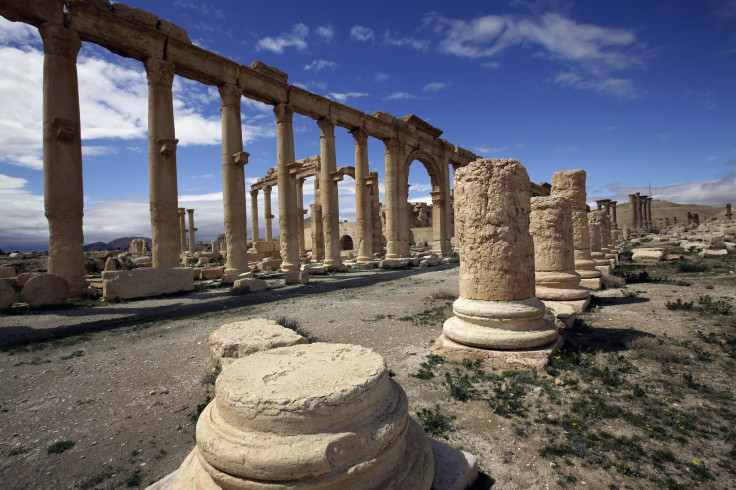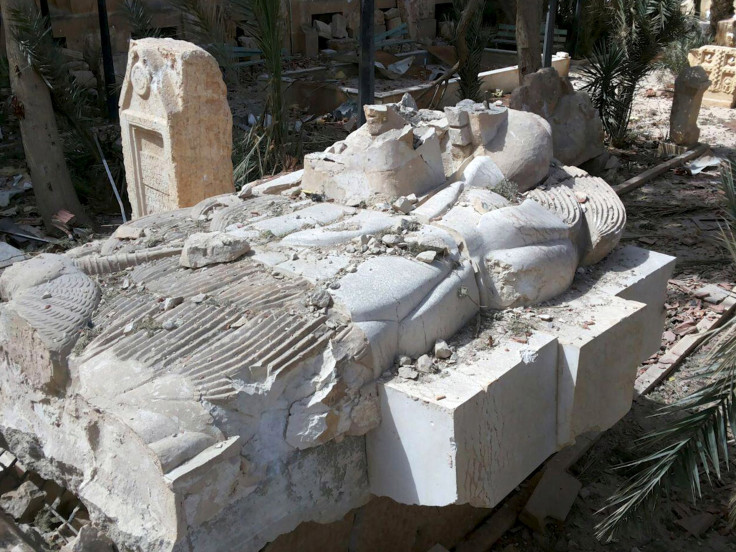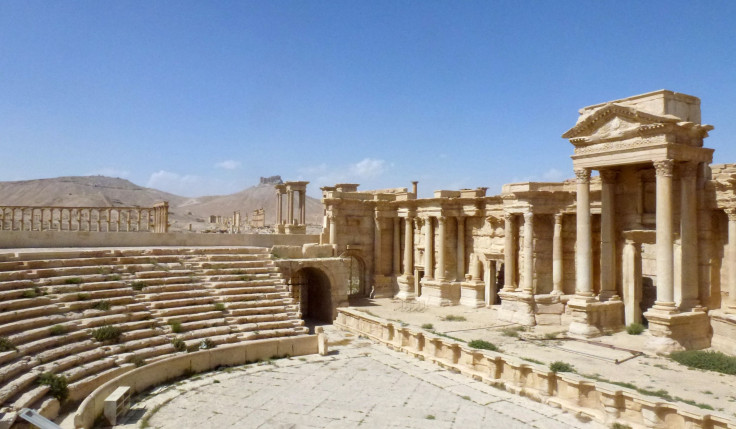Palmyra Ruins: Unesco World Heritage Site In Better Shape Than Expected

When the Islamic State group made a point of showing the world its wanton destruction of priceless historic artifacts in the millennia-old city of Palmyra in Syria, it only added to the outrage against ISIS (another name for the terrorist organization). However, as Syrian troops — backed by Russian air and ground forces — ousted ISIS and recaptured the Unesco World Heritage site Sunday, there is new hope that the damage inflicted by the terrorists is not as bad as previously thought, and that at least some of the destroyed sites can be rebuilt.
ISIS had captured the city — known as “Pearl of the Desert” to Syrians — in May 2015, and in the months that followed, it demolished the 2,000-year-old Temple of Bel and the iconic Arch of Triumph using explosives and made public video recordings of their barbaric acts. The destruction prompted widespread concern among historians that an irreplaceable piece of the world’s cultural heritage would be lost forever.
The terrorist group also looted ancient graves and plundered antiquated tombs. While the director of Palmyra’s museum, which suffered heavy damage at the hands of the terrorists, had left the city 10 months ago, the city’s retired antiquities chief was tortured for information about the site’s treasures, and later beheaded, according to the RT.

Much to everyone’s pleasant surprise, however, Syrian troops who recaptured the city from ISIS on Sunday entered the ancient city to find most of it still intact. Famous sites, including the colonnade, the agora and the Roman amphitheater — used by ISIS for staging executions — were found undamaged.
“We were so scared we would enter the ruins and find them completely destroyed. We were afraid to look... But when we entered and saw it, we were relieved,” an unidentified Syrian soldier told Agence France-Presse on the outskirts of the city.
Syria’s antiquities chief, Mamoun Abdelkarim, said Sunday that many ancient landmarks were still standing and that the old ruins were in better condition than expected, Reuters reported. He also expressed hope that some of the destroyed monuments could be rebuilt, since the broken stone pieces are still lying around and could be put back together. He told the New York Times that he hoped to visit the city soon to assess matters firsthand.

Syrian President Bashar Assad also said the city would be rebuilt.
“Palmyra was demolished more than once through the centuries ... and we will restore it anew so it will be a treasure of cultural heritage for the world,” Syrian television quoted Assad as saying, according to Reuters.
© Copyright IBTimes 2024. All rights reserved.











